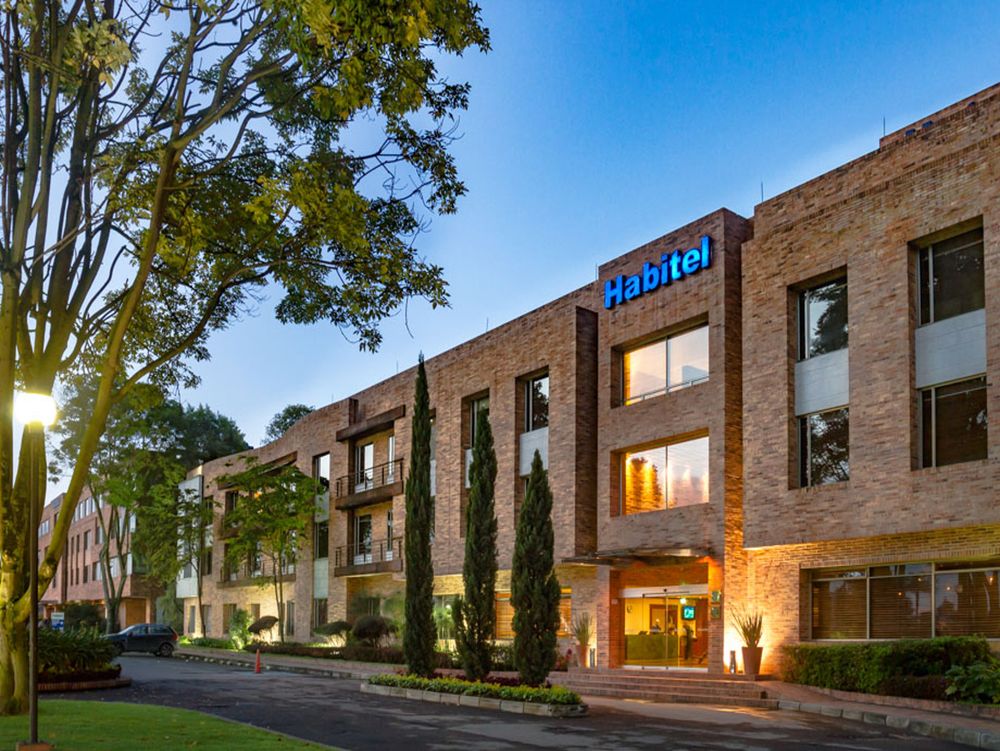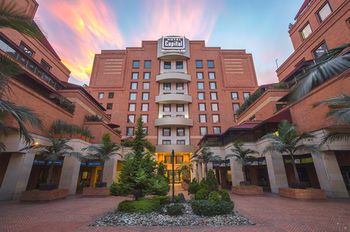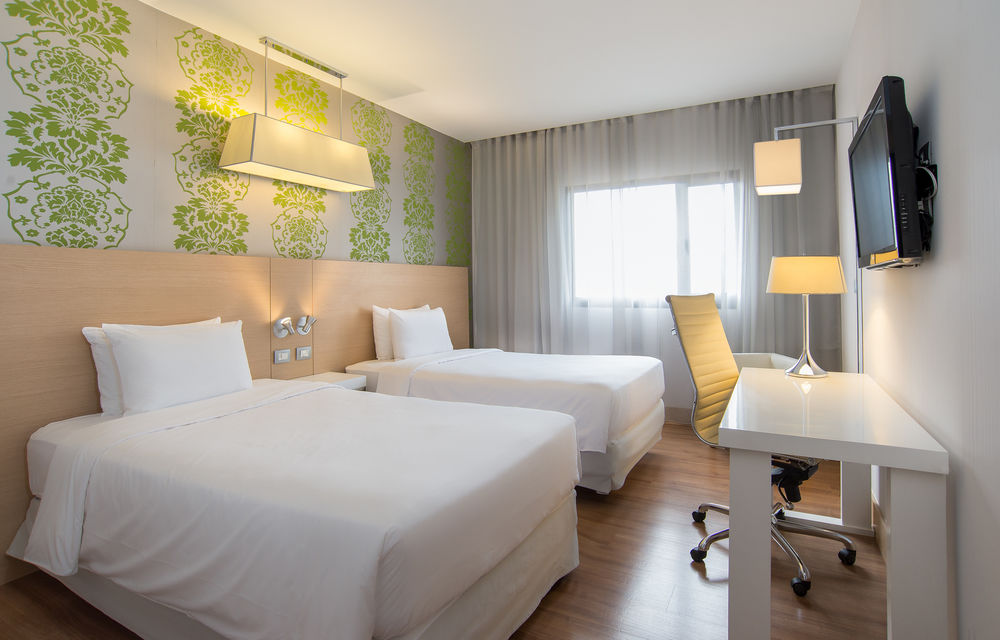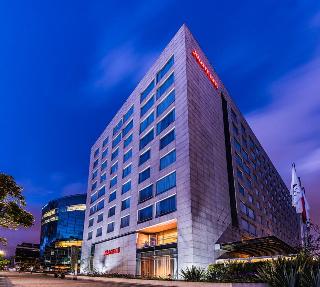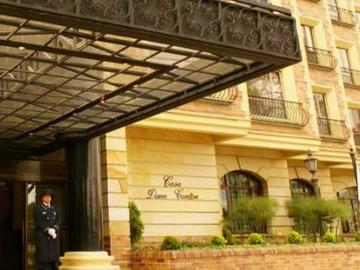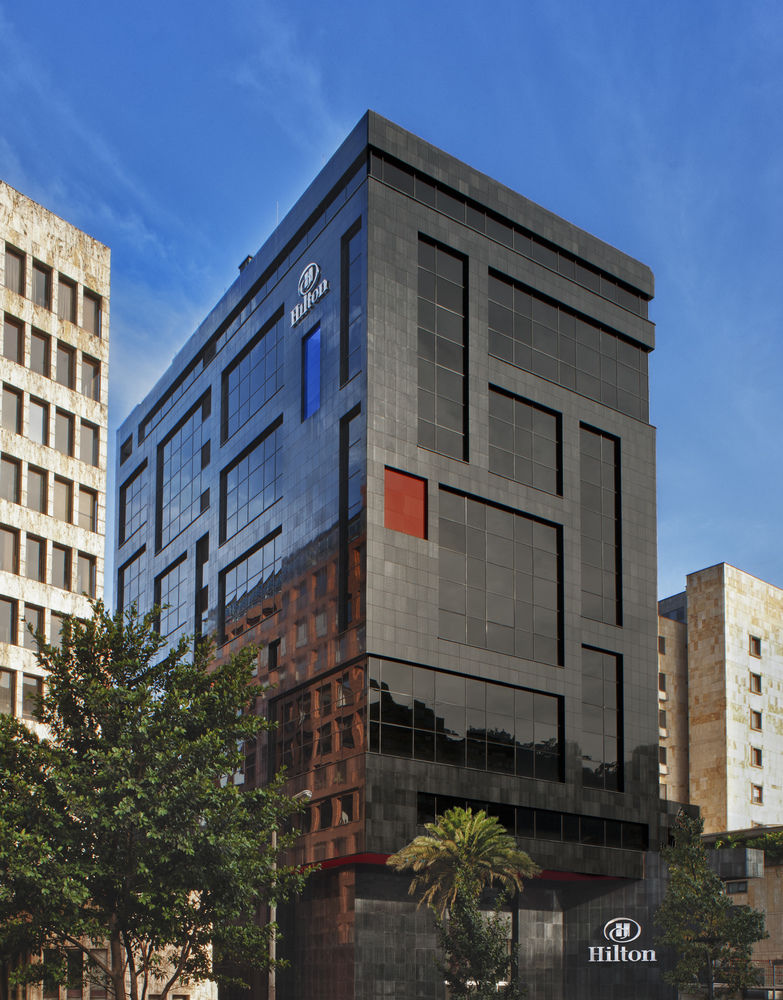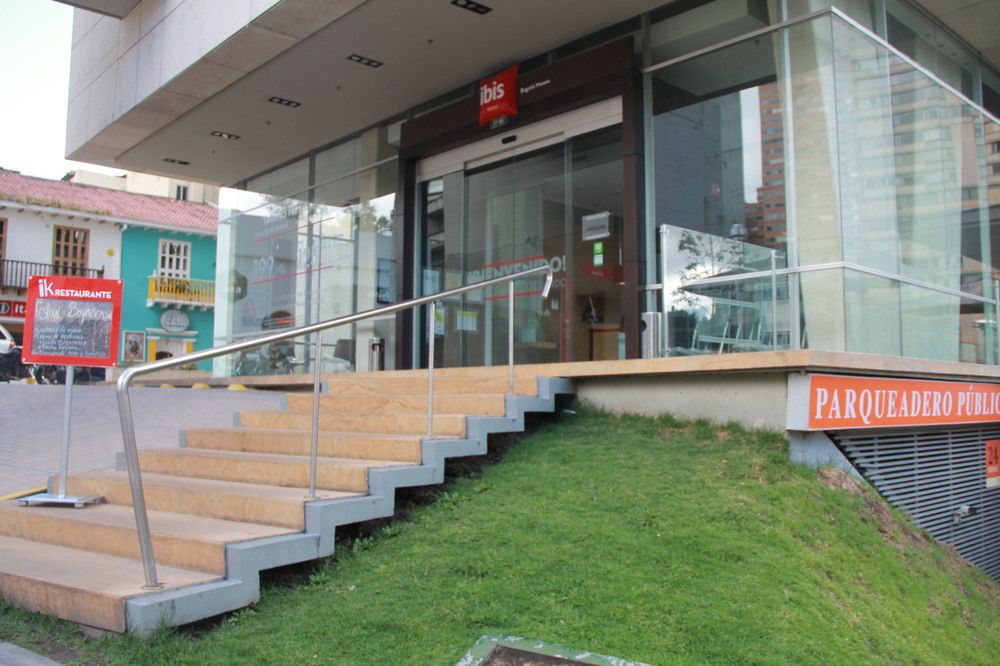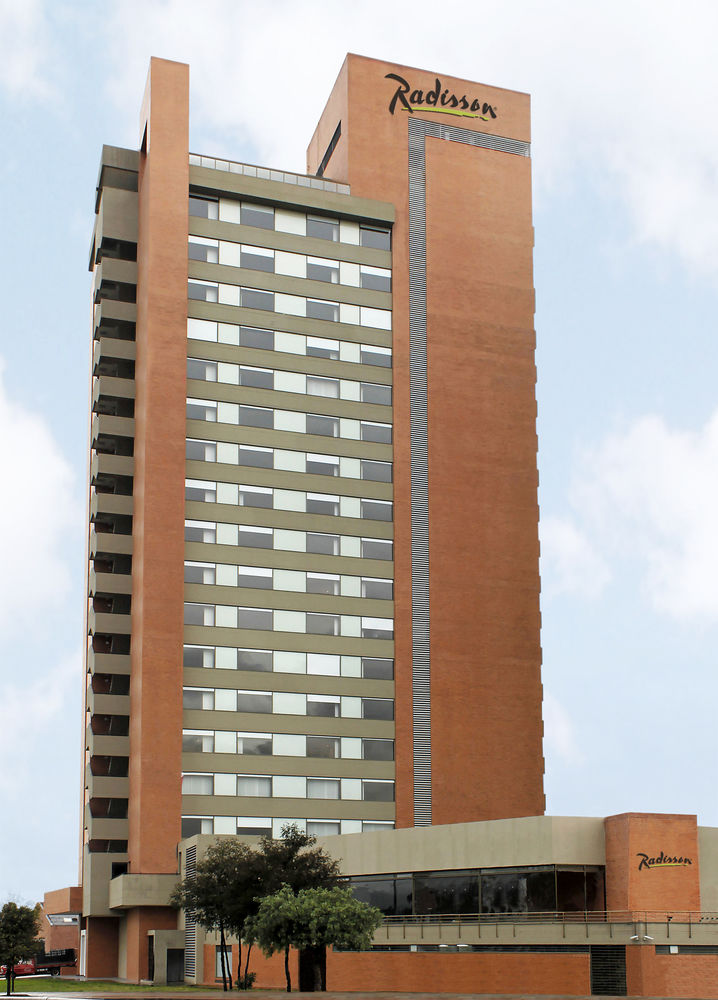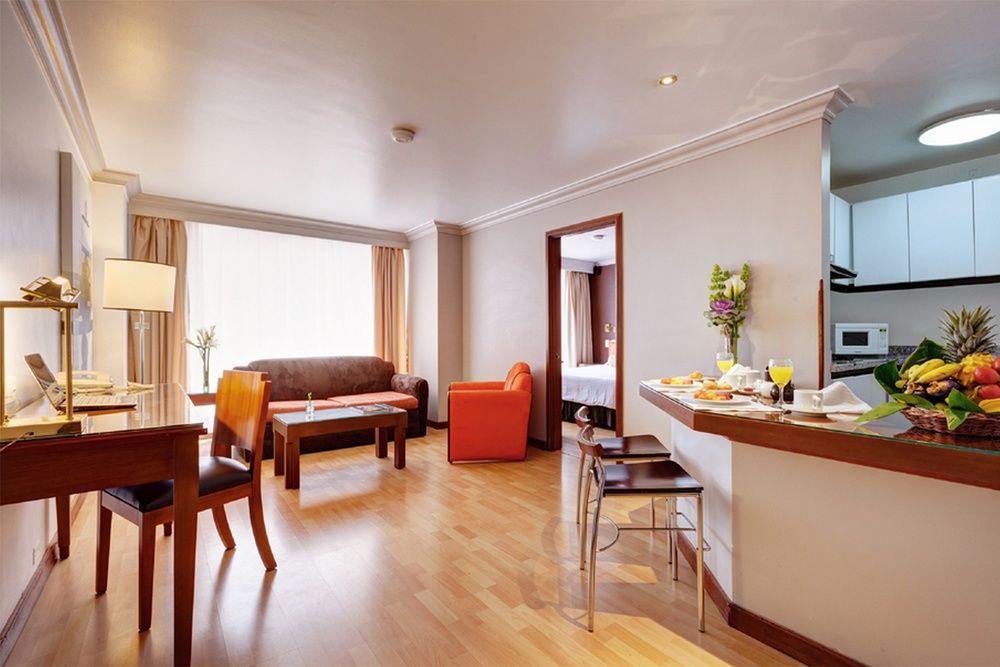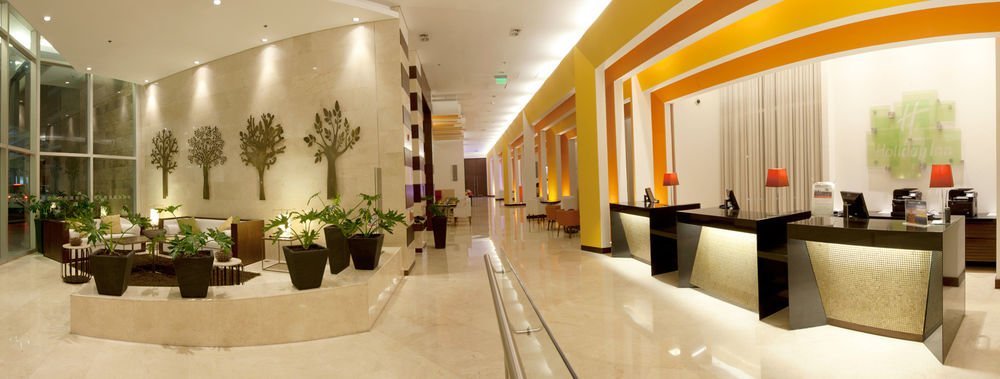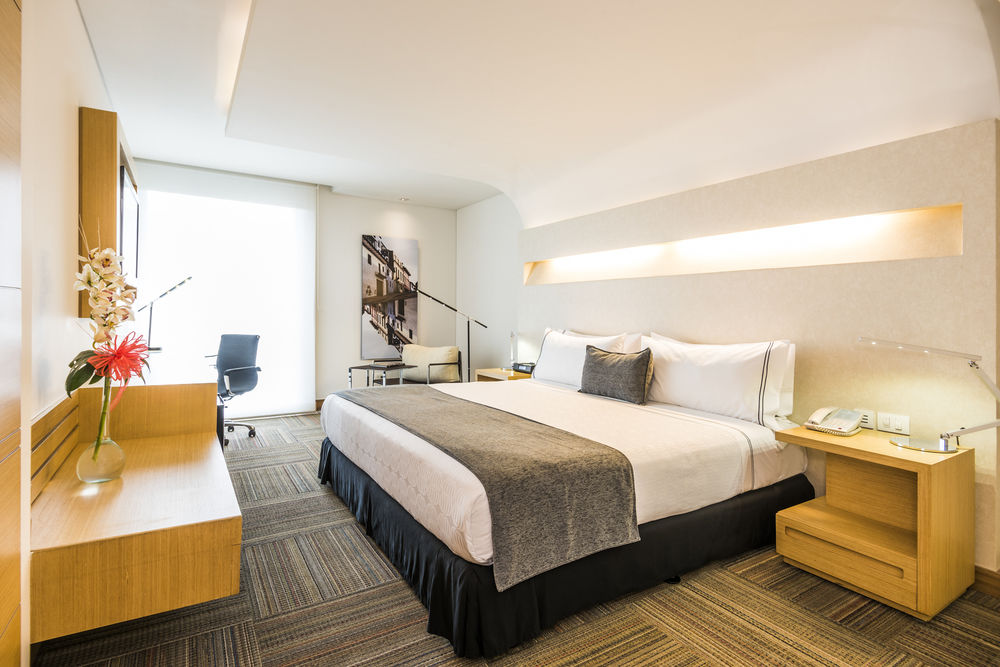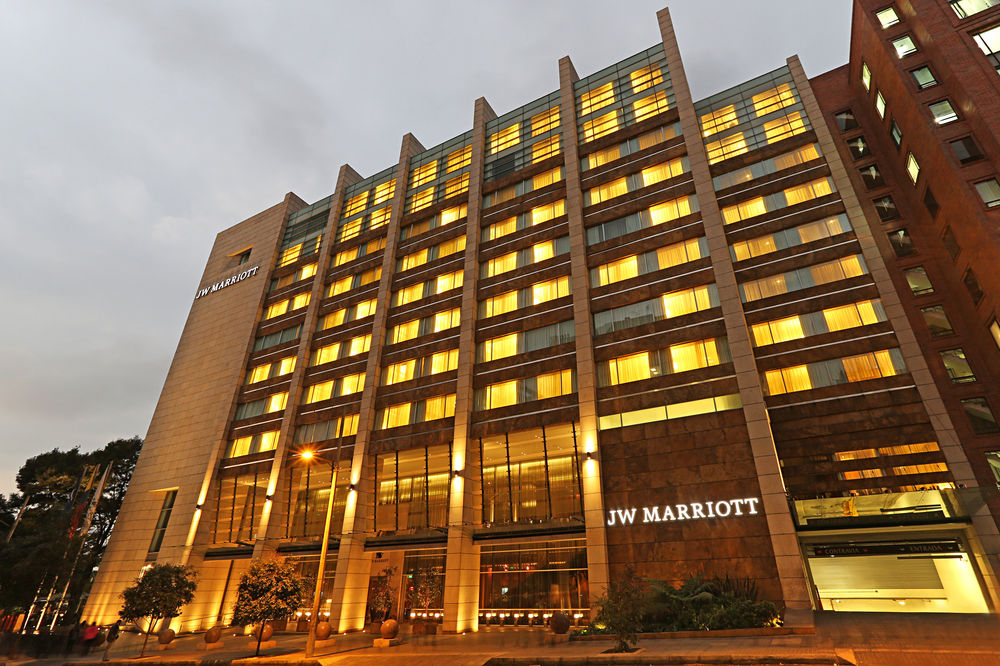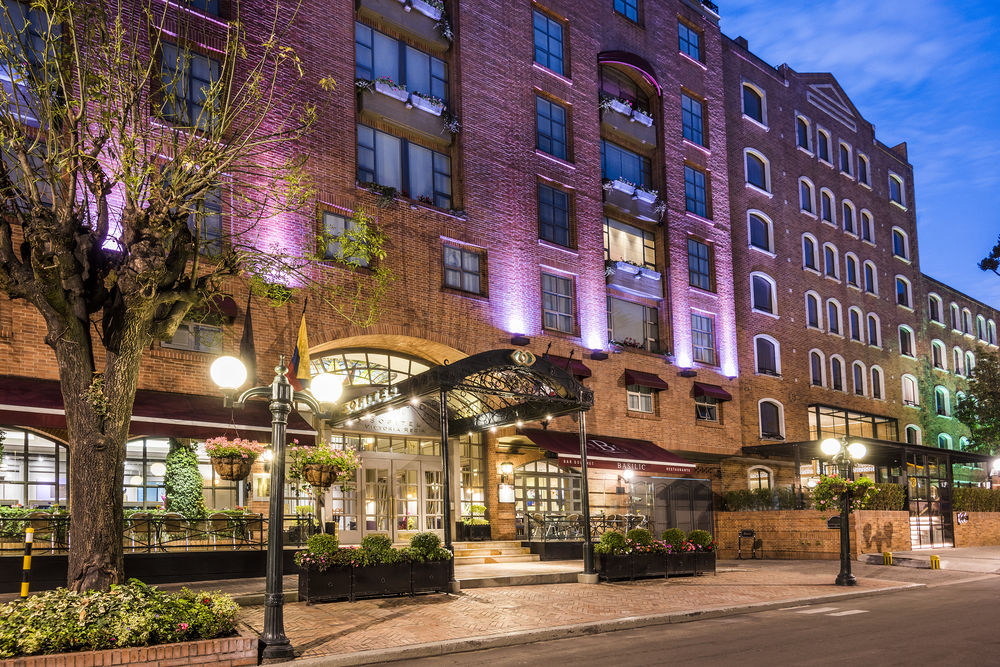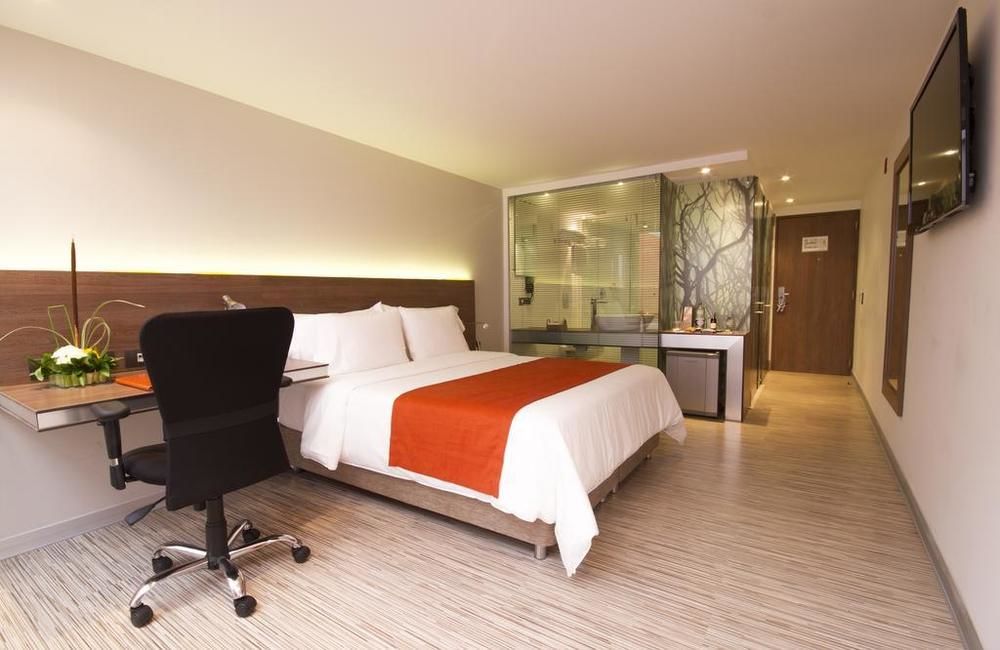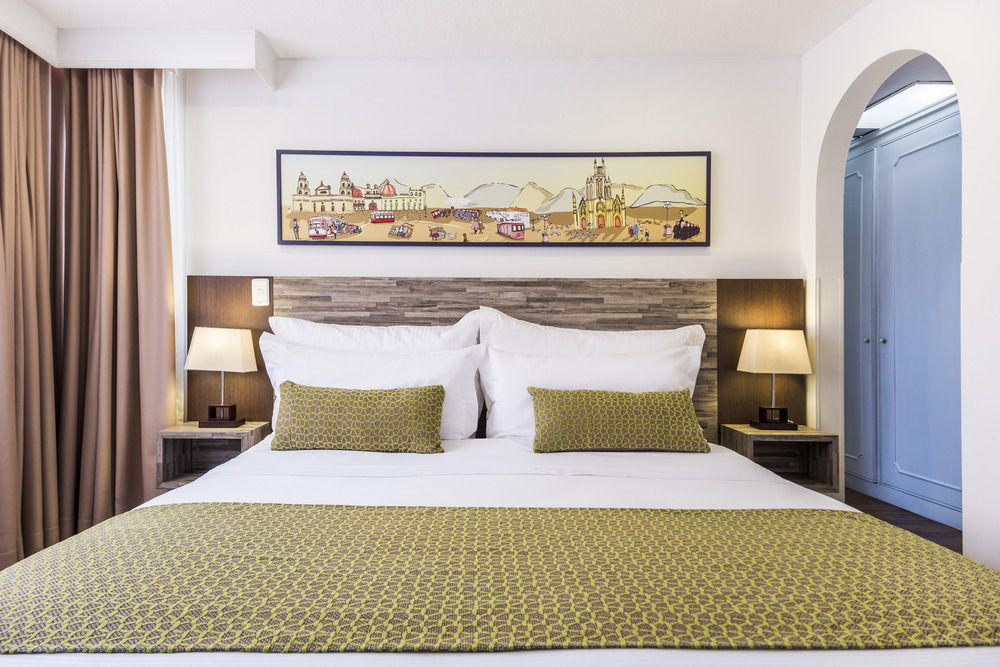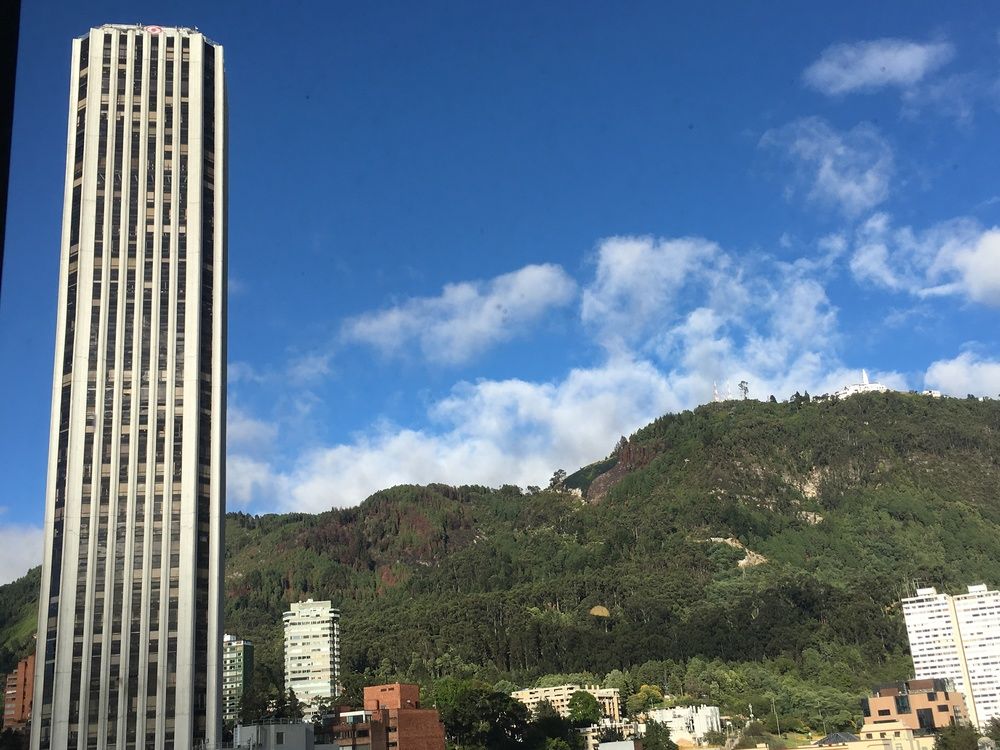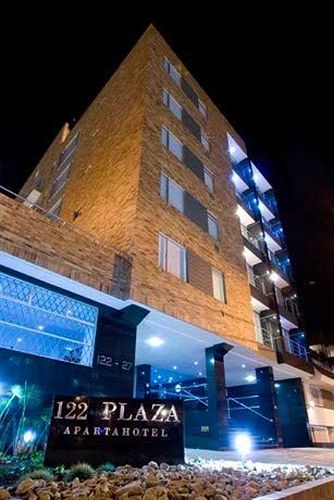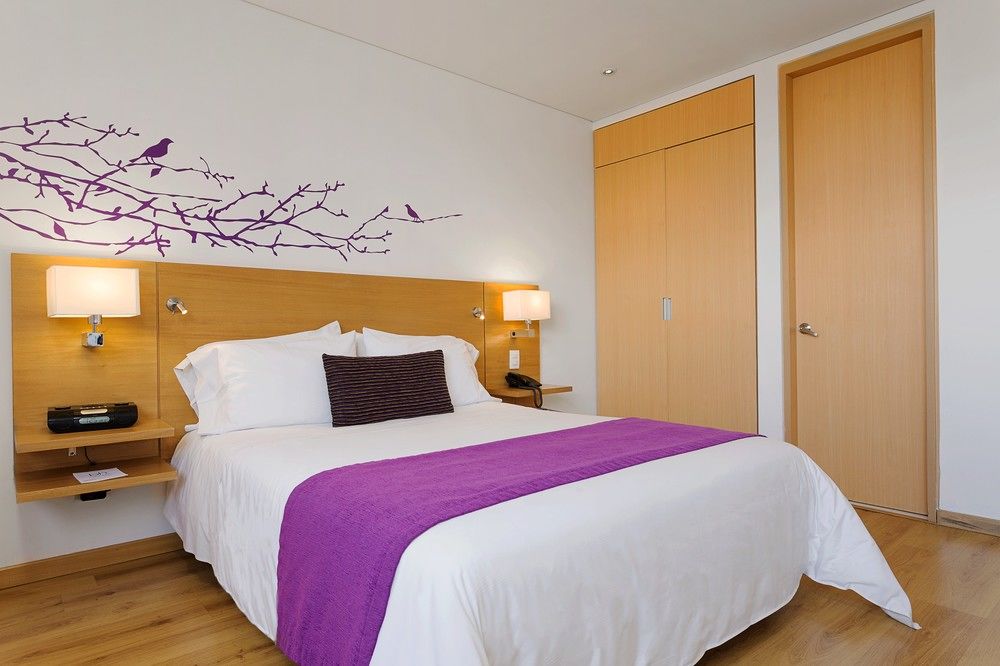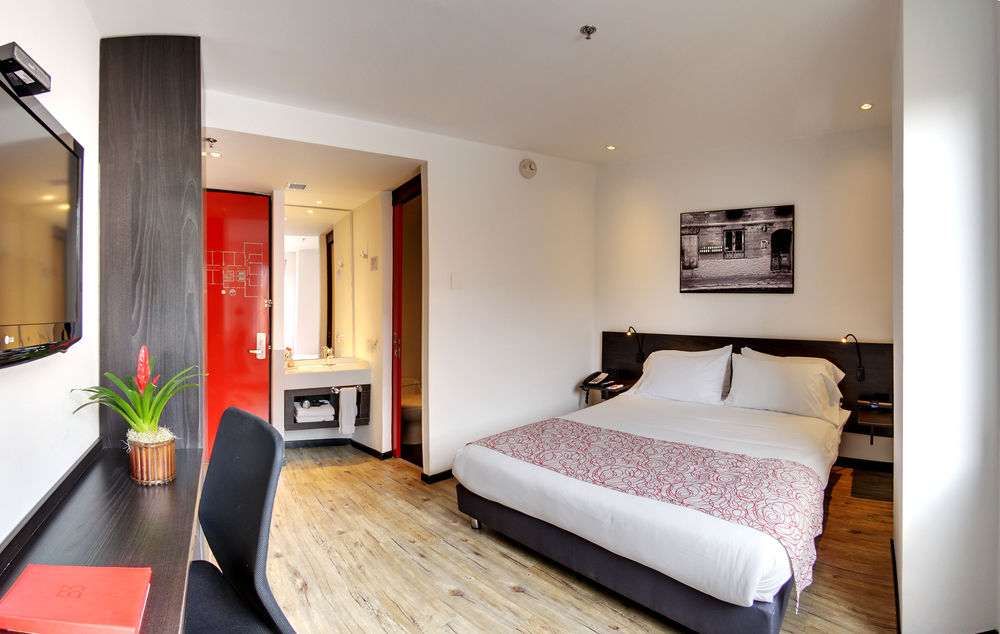
Find hotels in Bogota
Lowest prices detected by AI for hotels
Best
Cheapest
Star Ratings
AI Recommended
Best Hotels In Bogota
Cheapest Hotel Deals in Bogota
Top Rated Hotels
5 Star Hotels in Bogota
4 Star Hotels in Bogota
3 Star Hotels in Bogota
AI-recommended Destinations
Where to stay in Bogota
More About Bogota
“The golden city”
Bogotá (, , ; Spanish pronunciation: [boɣoˈta] ( listen)), officially Bogotá, Distrito Capital, abbreviated Bogotá, D.C., and formerly known as Santafé/Santa Fé de Bogotá between 1991 and 2000, is the capital and largest city of Colombia, administered as the Capital District, although often erroneously thought of as part of Cundinamarca. Bogotá is a territorial entity of the first order, with the same administrative status as the departments of Colombia. It is the political, economic, administrative, industrial, artistic, cultural, and sports center of the country.
Bogotá was founded as the capital of the New Kingdom of Granada on August 6, 1538, by Spanish conquistador Gonzalo Jiménez de Quesada after a harsh expedition into the Andes conquering the Muisca. The Muisca were the indigenous inhabitants of the region and called the settlement where Bogotá was founded Bacatá, which in the Chibcha language means "The Lady of the Andes." Further, the word 'Andes' in the Aymara language means "shining mountain," thus rendering the full lexical signification of Bogotá as "The Lady of the shining mountain." After the Battle of Boyacá on August 7, 1819, Bogotá became the capital of the independent nation of Gran Colombia. Since the Viceroyalty of New Granada's independence from the Spanish Empire and during the formation of present-day Colombia, Bogotá has remained the capital of this territory.
The city is located in the center of Colombia, on a high plateau known as the Bogotá savanna, part of the Altiplano Cundiboyacense located in the Eastern Cordillera of the Andes. It is the third-highest capital in South America (after Quito and La Paz), at an average of 2,640 metres (8,660 ft) above sea level. Subdivided into 20 localities, Bogotá has an area of 1,587 square kilometres (613 square miles) and a relatively cool climate that is constant through the year.
The city is home to central offices of the executive branch (Office of the President), the legislative branch (Congres
 Time UTC-05
Time UTC-05 Currency COP
Currency COP Languages Spanish
Languages SpanishWhat’s Special about Staypia?
Compare hotel prices in real-time
AI finds you the lowest price for hotels in Bogota.
Lowest price for 3.16M hotels worldwide
Book with up to 31% extra discounts only for Staypia members.
Travel bucket list for Bogota
Plan your trip with over 17K 'must see' recommendations for Bogota
Frequently Asked Questions
The best 5 star hotels in Bogota are Hotel Habitel Select, GHL Hotel Capital, Bogota Marriott Hotel. Search for the most highly rated hotels in Bogota
The most highly rated hotels in Bogota are Hotel B3 Virrey, Hotel Habitel Select, GHL Hotel Capital.
Generally, room reservations are subject to a free refund until the cancellation deadline. Fees may apply after the cancellation deadline, so please check the cancellation deadline on your hotel voucher or in Menu > My Reservation.
If you’re a frequent traveler, Staypia is the best place to get the best hotel deals. You can book hotels with the lowest price of 3.16 million hotels collected by AI, and receive additional discounts for members only.
